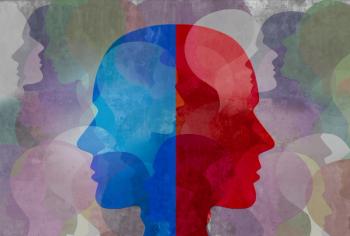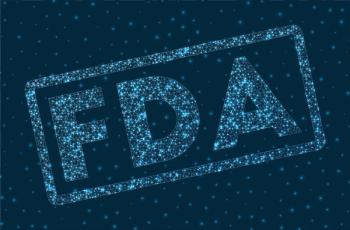
|Slideshows|April 23, 2019
Looking Ahead: Tardive Dyskinesia Care
Author(s)Leo Robert
Recent studies and reviews report great progress in bringing TD under control.
Advertisement
Newsletter
Receive trusted psychiatric news, expert analysis, and clinical insights — subscribe today to support your practice and your patients.
Advertisement
Advertisement
Advertisement
Trending on Psychiatric Times
1
December in Review: Updates on the Psychiatric Treatment Pipeline
2
Misguided Values of AI Companies and the Consequences for Patients
3
The Psychiatric Pipeline in Review: Quarter 4, 2025
4
Southern California Psychiatry: Review of New Agents in Schizophrenia and Dementia
5




